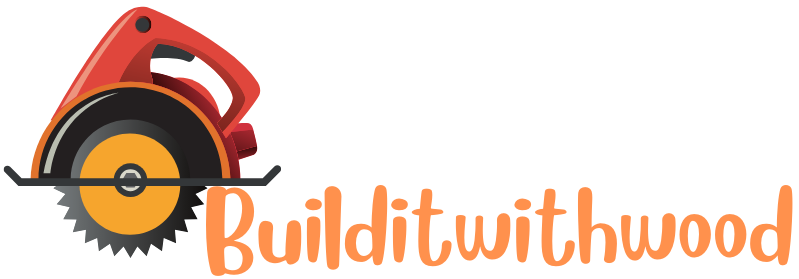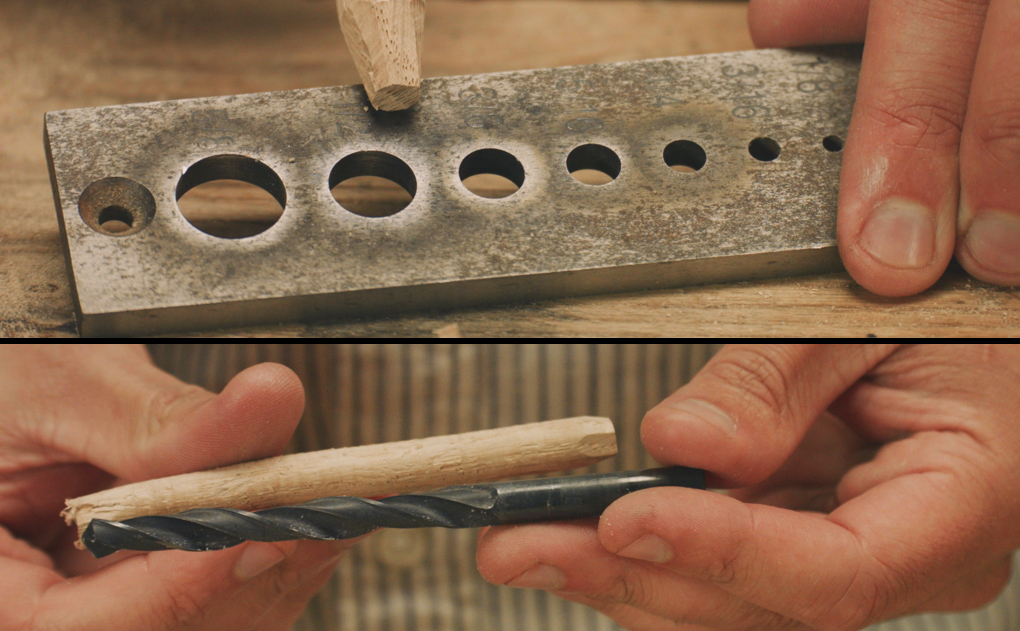

Every now and then I feel like I see something with new eyes.
I’m often blow away at the beauty of say the sea, or the sky with a pretty sunrise.
It’s as though my brain has had a system reset and deleted its memory so I get to see it again like it’s for the first time.
Imagine if you could see a storm on a distant planet. The eye of Jupiter or something with your actual own eyes. Or have a look at the Earth from the Moon.
You’d stop and truly take it in.
That just happened. But what I’ve just seen is my tools.
I stood and scratched my head for a bit…. It’s a rough bunch.
Lots of pointed tarnished steel, slightly green brass, and chipped split wood.
And lots of sticks?
And a puppet…
If I get robbed they’d take everything I don’t need and leave me with everything I do.
Seeing this pile I’m now actually unsure of how I make anything…. (Maybe my work is rougher than I thought?)
The nicest tool I own, or at least the poshest looking one is me swanky Veritas fillister.
It truly is a smashing plane, with laser gun / fancy jewelry vibes.
And it’s got the lot –
A nice fence.
A depth stop.
I love the skewed iron.
And it’s even got a nicking iron (that I’ve used about one time).
That’s basically a little cutting wheel that runs ahead of the main iron, to sever the cross grain fibres and stop owt from ragging out.
Yet despite these great features, I don’t use any of it. Even though I do use this plane a lot.
This is because I actually consider the fillister plane to be a roughing tool. (Though it is capable of far more.)

So What Does the Fillister Plane Get Used For?
This plane is mostly there for cutting rebates (rabbets if you’re in America) and also comes in for joinery on breadboard ends on small tables and the like, which are basically really long tenons.
In both of these cases I find using the fillister plane with all its features for making a precision tool to be a bit suboptimal.
When it comes to cutting rebates there’s rarely a need to be super critical on the fit.
Running a load of shiplap joints for a shelf, or a rebate on the back of a carcass can be fairly loose and round about work. And for the most part you can ensure you’re planing with the grain in those situations, so they tend to not need as much care.
For these then there’s often little point in setting up all those fancy features and whatnots.
So long as the depth is about right and the shoulder is parallel and somewhat square, then the job’s a good’un.
But Not All Jobs Are So Easy Going
For breadboards and cutting other long tenons etc. precision on all aspects does become critical. You want perfect crisp shoulders, and it’s common to be cutting these across the grain too. And the depth needs to be exact and true as it will be a fitted joint.
For these cases I find it too much of a faff to set the fillister plane up properly, to the extent that you could expect the precision you’re after straight off the tool.
Even when it seems worth that effort to set the tool up, it requires more skill than you’d think to actually run it true. A slight lean to the left or right with any of the passes and you can get a stepped shoulder or even blow out the grain right on the shoulder line when you’re going across it.
So for these precision jobs I still look upon the fillister plane as a roughing tool.
It can shift away the bulk of the waste fantastically, but when accuracy is needed I find there’s far better tools for coming in and refining the joint’s fit.
My Approach For Cutting Long Tenons With Accuracy
I’ll start out any long tenon by deeply scoring the shoulder with a gauge or knife line. Which is particularly important when cutting across the grain.
Then the fillister can hog the waste out at a rapid pace due to having that lovely skewed iron.
But the key is that the fillister is set up to cut well off the shoulder line. And I’ll stop planing just shy of the depth lines.

With short work made of that I have some favourite tools for coming in to refine the joint precisely.
A Router Plane is Perfect for Sneaking Up On The Depth
It’s so nice to be able to dial in gradually on the depth of cut, and I’ll often directly check the fit of the tenon as I go. The router plane guarantees consistency as it doesn’t tilt in use and can also ensure that the depth is cut perfectly parallel.
This last part is perfect as I can now use a rebate or shoulder plane to sneak up on the shoulder line, registering the tool on the nice flat and true bottom left by the router.
Again it’s much more controllable than using the fillister.

None of this is to say that a well set up and used fillister plane can’t do a good job straight of the tool. But I just find for myself that if I want a repeatable, accurate and tidy job then there are better ways.
And having the poshest tool for the job really isn’t needed either. For the majority of my life I’ve got by just fine with a heavy wooden shoulder plane. No fence or anything. For that first hogging out of the waste I’d use my fingers as a fence and it worked great.
Which is probably more the reason why I still prefer to use the other tools when doing critical, precise rebates. Habit.
This approach to cutting accurate long tenons and rebates is seen in action within our ‘Nest of Tables’ series, so if you’re interested in having a closer look you can find all of the details here.

![Bench Top Edge Jointing [with Video] Bench Top Edge Jointing [with Video]](https://www.theenglishwoodworker.com/wp-content/uploads/2022/10/Edge-Jointing-Large-Boards.jpg)
![Quick Homemade Clamps – Small & Large [with video] Quick Homemade Clamps – Small & Large [with video]](https://www.theenglishwoodworker.com/wp-content/uploads/2022/08/make-your-own-homemade-clamps.jpg)



